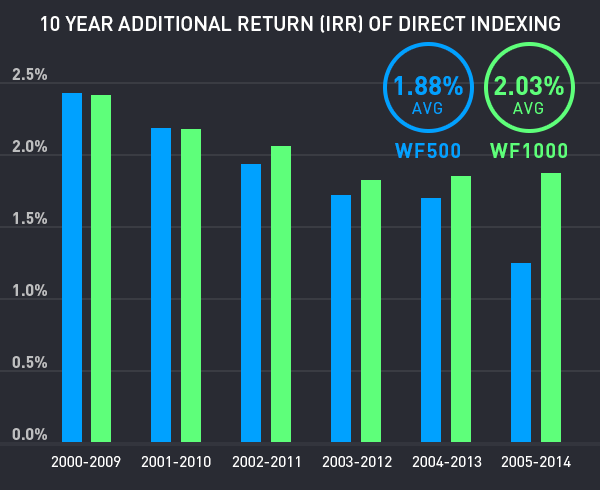Tax Loss Harvesting Capitalize on Your Investment Losses
Post on: 16 Март, 2015 No Comment

As an investor, tax planning is of the utmost importance. Even the investments of yours that come with favorable rates can be used in your tax planning. One way to make the most of your investment situation is to engage in tax loss harvesting. What is tax loss harvesting, and how can you use it to your benefit?
In this post, I explain how tax loss harvesting works and how to use it to pay less taxes on your investments.
What is Tax Loss Harvesting?
Few of us like the idea of losing money on investments. However, there are times when you need to sell a losing investment in order to prevent further financial pain.
At other times, selling losing investments is a matter of rebalancing a portfolio. You might have other reasons to sell an investment that has lost value as well.
One year, due to damage to my home, I sold investments in my account that I used as my emergency fund. The market happened to be down, but the capital was required, so I sold at a loss.
Selling at a loss doesnt have to mean financial disaster, however. The IRS allows you to deduct your investment losses on your taxes, so if you sell at a loss, you can reduce your tax liability. One of the reasons I like using a taxable investment account as my emergency fund is due to the fact that if I do sell at a loss, my financial emergency becomes a tax deduction.
Tax loss harvesting can also be useful to reduce your taxes on capital gains that you might have realized during the year. Many savvy investors factor tax loss harvesting into their plans, since it can be a way to unload assets that arent accomplishing what youd like them to.
How Tax Loss Harvesting Works
Tax loss harvesting is fairly straightforward. First of all, you determine your long-term gains and your short-term gains. Then, use your capital losses to offset your gains.
Match up your long-term losses with your long-term gains, and use your short-term losses to offset your short-term gains. If everything matches up with one type of gain, you can apply the excess to another type of gain.
Consider the following situation with your taxes:
- $3,000 in short-term capital gains
- $4,000 in long-term capital gains
- $5,000 in short-term capital losses
- $3,000 in long-term capital losses
Your first move is to take the $5,000 in short-term losses to offset the $3,000 in short-term gains. Now you have $2,000 left in short-term losses. Next, you apply the $3,000 in long-term capital losses to the $4,000 in long-term capital gains.
As you can see, that leaves $1,000 in capital gains to be taxed on. Since there is leftover money from the short-term assets, you apply that toward your long-term capital gains. Now, you have an extra $1,000 in losses for deductions, and you dont owe any tax on your capital gains for the year.
Another feature of tax loss harvesting is that you can use anything extra, after offsetting your capital gains. to reduce other income. So that extra $1,000 can be used as a deduction against your earned income. There is a cap on how much you can reduce your earned income by, though. You can only use up to $3,000 in losses to offset your earned income.
However, you can carry forward unused losses indefinitely. So, if you had an extra $5,000 after settling out your capital gains, you can put $3,000 of it toward reducing other income, and then carry forward the remaining $2,000 for use next year.
Watch Out for the Wash Sale Rule
When you decide to use tax loss harvesting, you need to make sure that you pay attention to the IRS wash sale rule.
If you sell a losing investment, and you want to claim a deduction for the losses, you cant buy another asset that is substantially similar for at least 30 days. This is to prevent investors from selling an asset that has dropped in price, reducing their tax liability, and then turning around and buying that asset at a lower price to take advantage of a price gain later.
With the right approach, tax loss harvesting can be a great way to reduce the taxes you pay on your investment income, while at the same time allowing you to improve your investment portfolio.
Do you use tax loss harvesting as part of your investment strategy? Why or why not?














